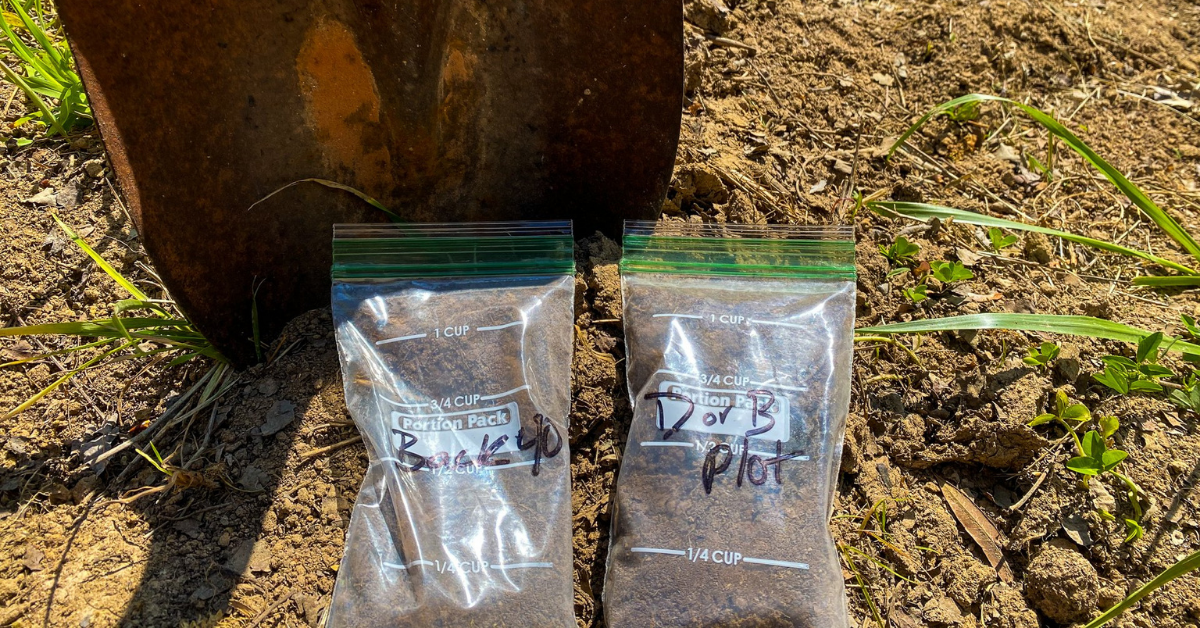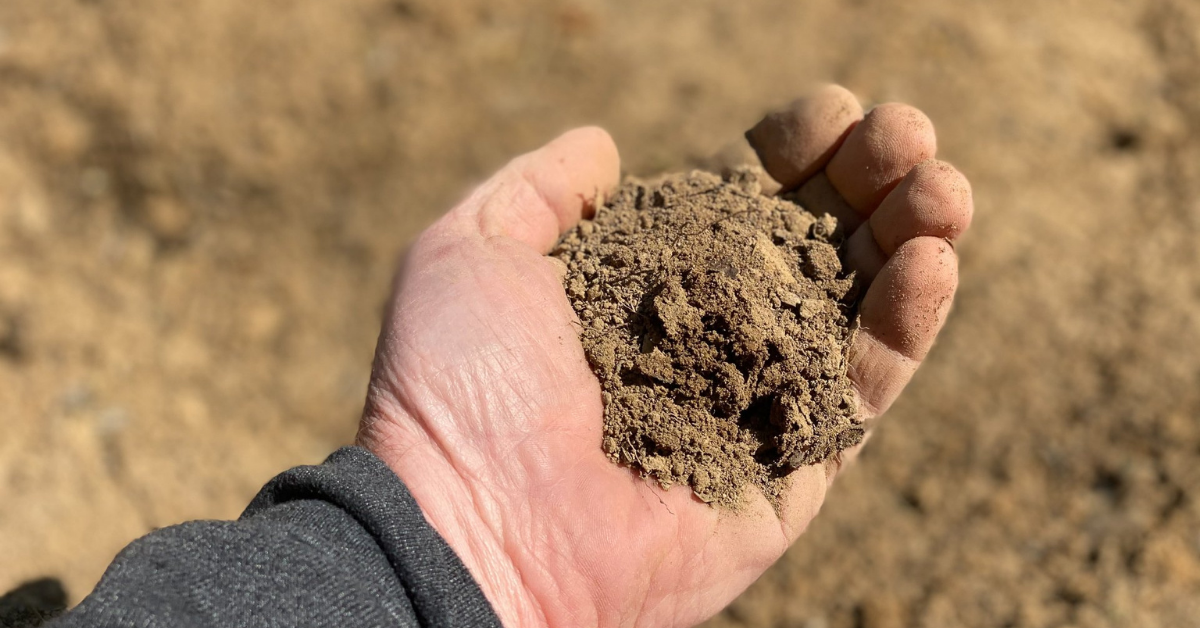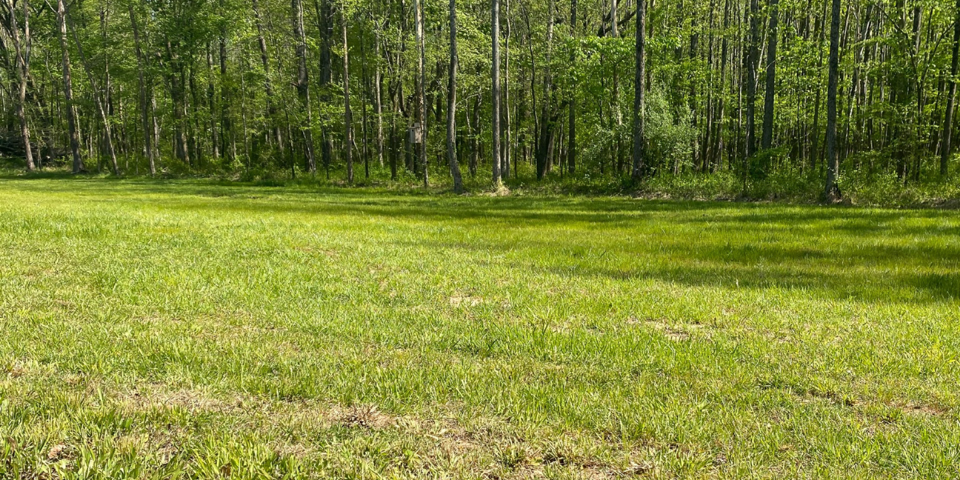Food plots for deer hunting continue to be a growing trend for hunters across the country each season. However, many, if not the majority, of hunters fail to take a soil sample prior to planting their food plots before hunting season. Some hunters assume it’s not a necessary step in the process, while others find themselves scrambling to get their plots in at crunch time and fail to leave time to prepare soil samples.
Are soil samples really that big a deal when it comes to your food plot success? Have you maximized the potential of the food plots you hunt?
The truth is, knowing the characteristics of the soil on the properties you hunt can be one of the single greatest advantages to a successful food plot this season.
Knowing the condition of your dirt allows you to better plan what species to plant, as well as how to best condition the soil for maximum growing potential. The soil sample is used to determine the acidity levels of the ground you’ll be planting. The sample will tell you how to proceed with soil prep and know exactly what your soil needs for adequate pH levels prior to planting.
Don’t underestimate the process of taking soil samples on the food plots on your property.
Getting Started
As you get started, be sure to remove any grass, sticks, rocks, or roots from the top layer of dirt. You will not want these included in your soil sample. Your sample will be taken from soil past the first 1-2 inch top layer.
Grabbing Soil for Your Sample
Once you’ve cleaned the top layer and are ready to take a sample, dig in 3-6 inches and remove about 1 cup of dry soil for your sample. Dirt from this depth will best reflect what your root system will be exposed to throughout the growing process. Soil can be placed in a Ziploc bag, sealed, and labeled with a Sharpie.

Take Multiple Samples at Various Locations
Be sure to take multiple soil samples from various locations across your food plot. This will help you determine an average across the plot for what type of amendment your soil will need.
Your soil sample can be sent off for testing through your local Co-Op, Soil Conservation Office, or food plot specific labs like BioLogic Labs. The cost is typically between $6.00 and $8.00.

Conclusion
Don’t neglect one of the most important elements to your food plot success this season. Be sure to plan ahead and take soil samples to determine what your soil needs to maximize potential this season.
